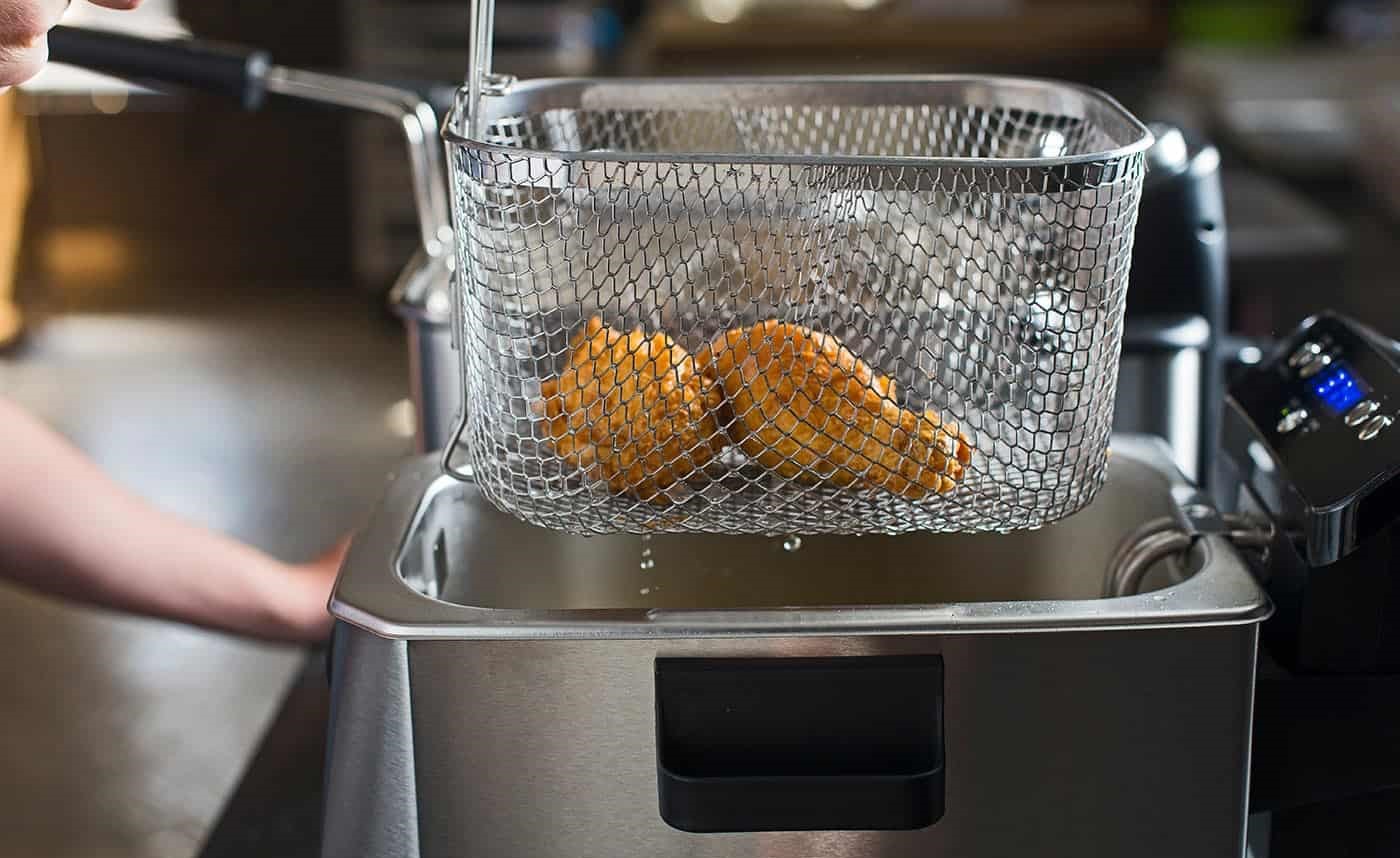

Articles
How To Use A Deep Fryer
Modified: March 25, 2024
Learn how to use a deep fryer properly with these informative articles. Discover helpful tips and techniques for achieving perfect results every time.
(Many of the links in this article redirect to a specific reviewed product. Your purchase of these products through affiliate links helps to generate commission for Storables.com, at no extra cost. Learn more)
Introduction
Deep frying is a cooking method that has been around for centuries, providing a satisfyingly crispy texture and delicious flavor to a wide variety of foods. Whether you’re craving some golden French fries, crispy fried chicken, or mouthwatering onion rings, a deep fryer can be your new best friend in the kitchen.
In this article, we’ll guide you through the process of using a deep fryer effectively and safely. We’ll cover everything from choosing the right deep fryer for your needs to preparing the food and maintaining the equipment. So, let’s dive right in and learn how to use a deep fryer like a pro!
Before we get started, it’s important to note that deep frying involves working with hot oil, which can be dangerous if not handled properly. So, please exercise caution and follow the safety precautions outlined in this article.
Now, let’s explore the step-by-step process of using a deep fryer.
Key Takeaways:
- Master the art of deep frying by following safety precautions, choosing the right fryer, preparing food meticulously, and perfecting the frying process for delicious, crispy results.
- Keep your deep fryer in top condition by cleaning and maintaining it regularly, troubleshooting common issues, and ensuring a safe and enjoyable frying experience.
Read more: What Oil To Use In Deep Fryer
Safety Precautions
When it comes to using a deep fryer, safety should always be the top priority. Follow these essential safety guidelines to prevent accidents and ensure a safe cooking experience:
- Read the manual: Before using your deep fryer, thoroughly read and understand the instruction manual provided by the manufacturer. This will help you familiarize yourself with the specific features and safety guidelines for your appliance.
- Choose the right location: Place your deep fryer on a stable, heat-resistant surface that is away from any flammable materials like curtains or paper towels. Ensure there is enough clearance around the fryer for proper ventilation.
- Check the power source: Make sure the outlet you’re using is compatible with the voltage requirements and has a grounded connection. Avoid using extension cords, as they can potentially overheat and cause a fire hazard.
- Keep children and pets away: Never leave a deep fryer unattended, especially when there are children or pets around. Keep them at a safe distance to prevent accidental burns or spills.
- Wear protective clothing: When operating a deep fryer, wear protective clothing such as oven mitts, long sleeves, and an apron to protect your skin from potential splatters or hot surfaces.
- Use a thermometer: Invest in a good quality food thermometer to ensure that the oil reaches the correct temperature and to avoid the risk of undercooking or overcooking your food.
- Handle hot oil with care: Always use a long-handled slotted spoon or tongs to handle food in the fryer. Never attempt to touch or strain hot oil with your bare hands, as it can cause severe burns.
- Be cautious with water: Never add water or ice to the fryer while it’s in operation, as the sudden contact between hot oil and water can cause splattering and potentially lead to a fire or injury.
- Extinguish grease fires safely: In the event of a grease fire, never use water to extinguish it. Instead, cover the frying pan or use a fire extinguisher specifically designed for grease fires.
- Allow time to cool down: After using the deep fryer, allow the oil to cool completely before attempting to clean or store the appliance. Hot oil can cause severe burns if mishandled.
By following these safety precautions, you can minimize the risk of accidents and enjoy the deep frying process with peace of mind.
Choosing the Right Deep Fryer
When it comes to choosing a deep fryer, there are several factors to consider to ensure you select the right one for your cooking needs. Here are some key points to keep in mind:
- Type of deep fryer: There are various types of deep fryers available in the market, including electric, propane, and air fryers. Electric deep fryers are the most common and are suitable for home use. Propane deep fryers are often used for outdoor cooking, while air fryers offer a healthier alternative by using hot air instead of oil.
- Capacity: Consider the size of the deep fryer in terms of how much food you typically cook. If you have a large family or often entertain guests, a larger capacity fryer may be preferable. However, if you have limited kitchen space or cook for just one or two people, a smaller capacity fryer might suffice.
- Temperature control: Look for a deep fryer with adjustable temperature controls, allowing you to set and maintain the desired frying temperature. This feature ensures that your food cooks evenly and allows for more precise cooking depending on the type of food you’re frying.
- Safety features: Check if the deep fryer has safety features such as a temperature gauge, a built-in timer, and an automatic shut-off function. These features can help prevent overheating, burning, and potential accidents.
- Cleaning and maintenance: Consider the ease of cleaning and maintenance of the deep fryer. Look for models with removable parts that are dishwasher-safe or easy to clean by hand. Also, check if the fryer has a built-in oil filtration system, which can help prolong the life of the oil and make cleaning easier.
- Reviews and ratings: Before making a purchase, read reviews and check the ratings of the deep fryer you’re considering. This will give you insights into the experiences of other users and help you make an informed decision.
- Budget: Set a budget for your deep fryer purchase and consider the value for money. While there are budget-friendly options available, it’s important to strike a balance between cost and quality to ensure you get a reliable and durable appliance.
By considering these factors, you can choose a deep fryer that suits your needs and preferences, making your frying experience more enjoyable and efficient.
Preparing the Deep Fryer
Once you’ve chosen the right deep fryer for your needs, it’s important to properly prepare it before you start cooking. Follow these steps to ensure your deep fryer is ready for use:
- Clean the fryer: If your deep fryer is brand new or hasn’t been used in a while, it’s essential to clean it thoroughly before cooking. Refer to the instruction manual for specific cleaning instructions. Typically, you’ll need to remove any packaging materials, wash the fryer’s components with warm soapy water, and rinse them thoroughly.
- Inspect for any damage: Before using the deep fryer, carefully inspect it for any signs of damage or wear and tear. Check the power cord, heating element, and control panel to ensure everything is in good working condition. If you notice any issues, contact the manufacturer for assistance.
- Set up the fryer: Find a suitable location for your deep fryer, ensuring it’s on a stable and heat-resistant surface. Make sure there is enough space around the fryer for proper ventilation. Plug the fryer into a grounded electrical outlet and ensure it fits securely.
- Filling the fryer: Before adding oil, check the maximum fill line indicated in the fryer. It’s important not to exceed this line, as it can lead to spillage and potential hazards. Use a liquid measuring cup or the markings on the fryer’s container to add the appropriate amount of oil.
- Install the fryer basket: Most deep fryers come with a removable fryer basket. Insert the basket into the fryer, ensuring it sits securely. The basket allows you to safely lower and retrieve the food from the hot oil.
- Power on the fryer and set the temperature: Turn on the deep fryer and set the desired frying temperature according to the recipe or cooking instructions. Allow the fryer to preheat for a few minutes until it reaches the desired temperature.
Once these steps are completed, your deep fryer is ready for cooking! Now you can move on to selecting and preparing the food you want to fry.
Adding Oil and Preheating
Adding the right amount of oil and preheating it to the correct temperature are crucial steps in deep frying. Follow these guidelines to ensure your deep fryer is properly prepared for cooking:
- Choose the right cooking oil: Selecting the right oil for deep frying is essential for achieving crispy and flavorful results. Good options include vegetable oil, canola oil, peanut oil, and sunflower oil. Avoid using olive oil or butter, as their low smoke points can result in unpleasant flavors or smoke.
- Add the oil: Check the maximum fill line indicated in your deep fryer and add the appropriate amount of oil accordingly. It’s important not to exceed this line, as it can lead to dangerous spills and splatters. Use a liquid measuring cup or follow the markings on the fryer’s container to add the correct quantity of oil.
- Preheat the oil: Turn on the deep fryer and set the desired frying temperature based on your recipe or cooking instructions. The recommended temperature for deep frying is typically between 350°F (175°C) and 375°F (190°C). Allow the oil to preheat for about 10-15 minutes, or until it reaches the desired temperature.
- Use a thermometer: To ensure the oil is at the right temperature, use a food thermometer specifically designed for deep frying. Insert the thermometer into the oil to check if it has reached the desired temperature. This is important because the accuracy of the built-in temperature controls may vary from one deep fryer to another.
- Maintain the temperature: Once the oil has reached the desired temperature, it’s important to maintain it throughout the frying process. Keep an eye on the temperature gauge or the digital display of your deep fryer to ensure the oil stays within the recommended range. Adjust the heat settings as needed.
Preheating the oil is essential for achieving crispy and evenly cooked food. It allows the food to cook quickly without absorbing excess oil. Remember, if the oil is not hot enough, the food can turn out greasy and soggy. On the other hand, if the oil is too hot, it can cause food to burn and become overcooked.
By following these guidelines, you’ll be able to add the right amount of oil and preheat it to the correct temperature, setting the stage for successful deep frying.
Read more: How Long To Fry Chicken Legs In A Deep Fryer
Selecting and Preparing Food for Deep Frying
Now that your deep fryer is preheated and ready to go, it’s time to select and prepare the food you want to fry. Here are some tips to ensure your food turns out golden and delicious:
- Choose the right ingredients: Not all foods are suitable for deep frying. Opt for foods with a high moisture content and a relatively short cooking time. Popular choices include chicken, fish, shrimp, French fries, onion rings, and vegetables such as zucchini or broccoli.
- Prep the ingredients: Before frying, it’s important to properly prepare the ingredients. Here are a few general guidelines:
- – If you’re frying meat, trim off any excess fat and cut it into appropriate-sized pieces.
- – For vegetables, wash and dry them thoroughly, and cut them into uniform slices or chunks.
- – For breaded or batter-coated foods, you may want to dip them in beaten eggs and coat them with breadcrumbs or flour before frying.
- – Pat the ingredients dry with a paper towel to remove excess moisture, as it can cause splattering when added to hot oil.
- Seasoning and marinating: Before frying, enhance the flavor of your ingredients by seasoning or marinating them. This step allows the flavors to penetrate into the food, adding depth and complexity. Consider using a marinade, spices, herbs, or a combination of your favorite seasonings.
- Batch frying: It’s essential not to overcrowd the fryer basket, as it can lead to uneven cooking and greasy results. Fry in small batches, making sure there’s enough space between the food pieces to allow for proper circulation of heat and oil.
- Be mindful of allergens: If you or your guests have any food allergies, take extra precautions to avoid cross-contamination. Use separate utensils and fryer baskets for foods containing allergens to prevent any potential allergic reactions.
Remember, the key to successful deep frying is to ensure that the food is properly prepared, seasoned, and cooked in small batches. This will help you achieve a crispy and flavorful outcome that will have everyone coming back for more!
When using a deep fryer, always make sure to carefully lower the food into the hot oil to avoid splattering and burns. This will help ensure a safe and successful frying experience.
Frying Process
Now that you have prepared the food and your deep fryer is preheated, it’s time to dive into the frying process. Follow these steps to achieve perfectly fried and crispy results:
- Lower the food into the oil: Using a long-handled slotted spoon or tongs, carefully lower the prepared food into the hot oil. Be cautious to avoid splattering or dropping the food from a height, as it can cause hot oil to splash.
- Avoid overcrowding: As mentioned before, it’s crucial not to overcrowd the fryer basket. Fry the food in smaller batches to allow for proper circulation of heat and oil. This ensures that the food cooks evenly and achieves a crispy texture.
- Monitor and adjust the temperature: Keep an eye on the temperature gauge or the digital display of your deep fryer. Adjust the heat settings as needed to maintain a consistent frying temperature. If the oil is too hot and the food is browning too quickly, lower the temperature. If it’s taking too long to brown, increase the temperature slightly.
- Fry until golden brown: The cooking time will vary depending on the food you’re frying. Use the recommended cooking times as a general guideline, but rely on visual cues to determine when the food is done. The food should have a golden brown color and a crispy texture.
- Drain excess oil: Once the food is cooked, use a slotted spoon or tongs to carefully lift it out of the oil. Allow the excess oil to drain off by placing the fried food on a paper towel-lined plate or a wire rack. This helps remove any excess oil and keeps the food crispy.
- Season and serve: While the food is still hot, season it with salt or any other desired seasonings to enhance the flavor. Toss or sprinkle the seasonings over the fried food and gently shake or toss to evenly coat. Serve the fried food immediately for the best taste and texture.
Remember, practice makes perfect when it comes to deep frying. It may take a few tries to achieve the ideal crispy texture and golden brown color, but with time, you’ll become more confident and skilled at the frying process.
Now that you’ve mastered the frying process, let’s move on to the next step: draining and seasoning the fried food.
Draining and Seasoning Fried Food
Once you’ve fried your delicious food to crispy perfection, it’s important to drain off any excess oil and add the final touch of seasoning. Follow these steps to ensure your fried food is both flavorful and impeccably textured:
- Use a slotted spoon or tongs: Carefully lift the fried food out of the oil using a slotted spoon or tongs. Shake off any excess oil, allowing it to drain back into the deep fryer.
- Transfer to a paper towel-lined plate: Place the fried food on a plate lined with paper towels. The paper towels will absorb any remaining oil and help remove excess grease, resulting in a lighter and less greasy final product.
- Gently blot with more paper towels, if necessary: If you notice that the fried food is still oily, lightly blot it with additional paper towels. This step will further remove any excess oil and ensure a crisper and less greasy texture.
- Season immediately: While the fried food is still hot, season it with your desired seasonings. Sprinkle salt, pepper, or any other preferred spices or herbs over the food to enhance its flavor.
- Toss or shake to coat: To evenly distribute the seasonings, gently toss or shake the fried food in a bowl or container. This will ensure that each piece is coated with the desired flavors.
- Test for seasoning: Before serving, taste a piece of the fried food to check if the seasoning is to your liking. Adjust the seasonings as needed to achieve the perfect balance.
Draining the excess oil and seasoning the fried food right after cooking not only improves the taste and texture but also helps remove any lingering greasiness. It’s important to season the food while it’s still hot, as the flavors will be absorbed more effectively when the food is warm.
Once you’ve completed these steps, your perfectly seasoned and drained fried food is ready to be enjoyed! Serve it immediately for the best taste and texture.
Now that you know how to drain and season your fried creations, it’s time to learn about the cleaning and maintenance of your deep fryer.
Cleaning and Maintenance of the Deep Fryer
Proper cleaning and maintenance of your deep fryer is essential to ensure its longevity and to prevent the buildup of grease and debris. Follow these steps to keep your deep fryer in excellent condition:
- Cool down the fryer: After using the deep fryer, allow it to cool down completely before cleaning. Hot oil can cause severe burns, so it’s important to exercise caution.
- Dispose of the oil: Once the oil has cooled, carefully drain it from the fryer. You can save and reuse oil that is still in good condition, but if the oil is dark, smells rancid, or has been used multiple times, it’s best to dispose of it properly.
- Remove the fryer basket and other removable parts: Take out the fryer basket and any other removable parts, such as the heating element or oil container, if applicable. Refer to the instruction manual for specific instructions on how to safely remove these components.
- Wash the removable parts: Wash the removable parts with warm soapy water and a non-abrasive sponge or cloth. Make sure to remove any food particles or grease buildup. Rinse thoroughly to remove any soap residue.
- Clean the fryer body: Wipe the inside and outside of the fryer body with a damp cloth or sponge. Avoid using abrasive cleaners or scrub brushes, as they can damage the surface. If there are stubborn stains or grease, use a mild degreaser or vinegar solution for gentle cleaning.
- Dry the parts before reassembling: After cleaning, ensure that all the components are completely dry before reassembling them. Use a clean towel or allow them to air dry for a few hours.
- Store the fryer properly: Once the deep fryer is clean and dry, store it in a cool, dry place. Make sure to keep the power cord and other accessories neatly organized to avoid any damage or tangling.
- Regular maintenance: It’s important to perform regular maintenance tasks to keep your deep fryer operating optimally. This may include replacing the oil, cleaning the heating element, or checking the power cord and other electrical connections. Consult the manufacturer’s guidelines for specific maintenance instructions.
By following these cleaning and maintenance practices, you can ensure that your deep fryer remains in good working condition for years to come. A clean and well-maintained fryer not only produces better-tasting food but also promotes food safety and hygiene.
Now that you know how to clean and maintain your deep fryer, let’s move on to troubleshooting common issues that may arise.
Read more: How Long Can You Keep Oil In A Deep Fryer
Troubleshooting Common Issues
While using a deep fryer, you may encounter some common issues that can affect the cooking process or the performance of the appliance. Here are a few troubleshooting tips to help you address these issues:
- Inconsistent frying: If you notice that the food is not frying evenly or consistently, it could be due to fluctuating oil temperature. Make sure to preheat the oil to the recommended temperature and maintain it throughout the cooking process. Also, avoid overcrowding the fryer basket, as it can reduce heat circulation. Fry in small batches to ensure consistent results.
- Excessive smoking: Excessive smoking can occur if the oil reaches its smoke point or if the deep fryer is overheating. Check the temperature settings to ensure they are within the recommended range. If the oil is smoking excessively, turn off the fryer and allow it to cool down. Strain the oil to remove any burnt food particles and start fresh with clean oil.
- Oil splattering: Oil splattering can be dangerous and messy. To minimize splattering, make sure the food being fried is dry and free from excess moisture. Lower the food into the fryer carefully to avoid drops or splashes. If oil splattering continues to be an issue, consider using a splatter screen or a lid with small openings to cover the fryer while cooking.
- Oil foaming: If you’re experiencing excessive foaming of the oil, it can be due to the presence of water or moisture on the food being fried. Ensure that the food is properly dried before adding it to the fryer. Additionally, using a thermometer to maintain a consistent frying temperature can help reduce foaming.
- Fryer not heating: If your deep fryer is not heating up, first check and ensure that it’s plugged into a functioning power outlet. If it’s properly plugged in and not heating, there may be an issue with the heating element. Refer to the instruction manual or contact the manufacturer for further troubleshooting or repair options.
- Unpleasant odors: Over time, the oil used for deep frying can develop unpleasant odors. To prevent this, regularly filter and clean the oil. If the odors persist, it may be time to replace the oil. Additionally, cleaning the fryer thoroughly after each use and drying it properly can help eliminate any lingering smells.
If you’re unable to resolve an issue or if it persists, it’s always recommended to consult the instruction manual or contact the manufacturer for specific troubleshooting guidance. They can provide expert advice and assistance tailored to your deep fryer model.
By addressing common issues and following these troubleshooting tips, you can ensure that your deep frying experience is smooth and hassle-free.
Now that we’ve covered troubleshooting, let’s conclude our article with a wrap-up.
Conclusion
Using a deep fryer can elevate your cooking skills and open up a world of delicious possibilities. By following the steps and guidelines outlined in this article, you can confidently and safely use a deep fryer to create crispy and mouthwatering dishes.
We began by highlighting the importance of safety precautions when using a deep fryer, emphasizing the need to read the manual, choose a suitable location, and handle hot oil with care. Safety should always be a top priority during the frying process.
Next, we discussed how to choose the right deep fryer for your needs, considering factors such as type, capacity, temperature control, safety features, cleaning, maintenance, and your budget. Selecting the right deep fryer lays the foundation for successful frying experiences.
We then explored the step-by-step process of preparing the deep fryer, including adding the appropriate amount of oil, preheating the fryer to the desired temperature, and ensuring the fryer basket is properly installed. Preparing the deep fryer properly sets the stage for perfectly cooked food.
Moving on, we discussed how to select and prepare food for deep frying, emphasizing the importance of choosing the right ingredients, prepping them correctly, and seasoning or marinating for added flavor. Properly selecting and preparing food ensures optimal results during frying.
We then delved into the frying process itself, covering essential steps such as lowering the food into the oil, avoiding overcrowding, monitoring and adjusting the temperature, and frying until the food reaches a golden brown and crispy texture.
After frying, we discussed the importance of draining and seasoning fried food to remove excess oil and add the final touch of flavor. Proper draining and seasoning enhance the taste and texture of the fried food, making it even more enjoyable.
Furthermore, we stressed the significance of cleaning and maintaining your deep fryer to ensure its longevity and maintain food safety. A well-maintained fryer not only produces better-tasting food but also reduces the risk of accidents and prolongs the appliance’s lifespan.
Lastly, we provided troubleshooting tips for common issues that may arise during the frying process, such as inconsistent frying, excessive smoking, oil splattering, and more. By addressing these issues, you can overcome obstacles and continue to fry with confidence.
In conclusion, using a deep fryer can be a fun and rewarding cooking experience. By following the safety precautions, selecting the right fryer, preparing and cooking your food with care, and properly cleaning and maintaining your appliance, you can achieve professional-level results right in your own kitchen.
Now, armed with these comprehensive guidelines, it’s time to unleash your culinary creativity and enjoy the crispy and delicious delights that deep frying has to offer! Happy frying!
Frequently Asked Questions about How To Use A Deep Fryer
Was this page helpful?
At Storables.com, we guarantee accurate and reliable information. Our content, validated by Expert Board Contributors, is crafted following stringent Editorial Policies. We're committed to providing you with well-researched, expert-backed insights for all your informational needs.
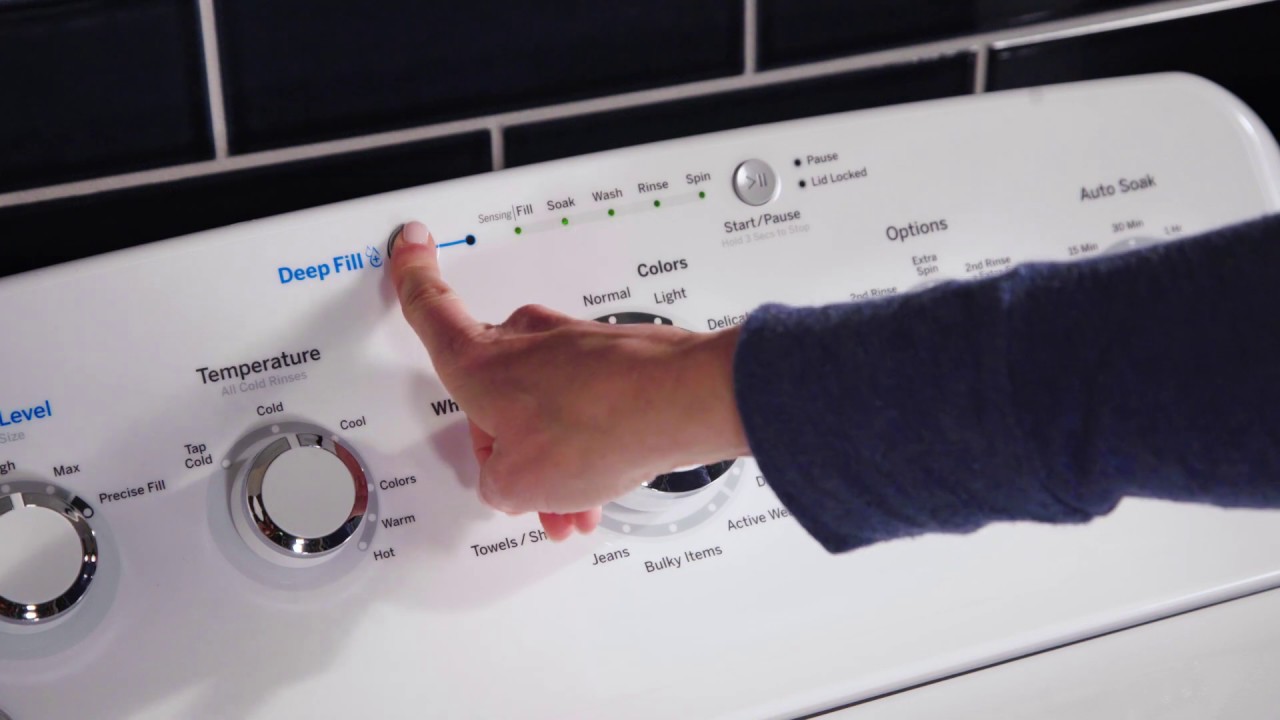
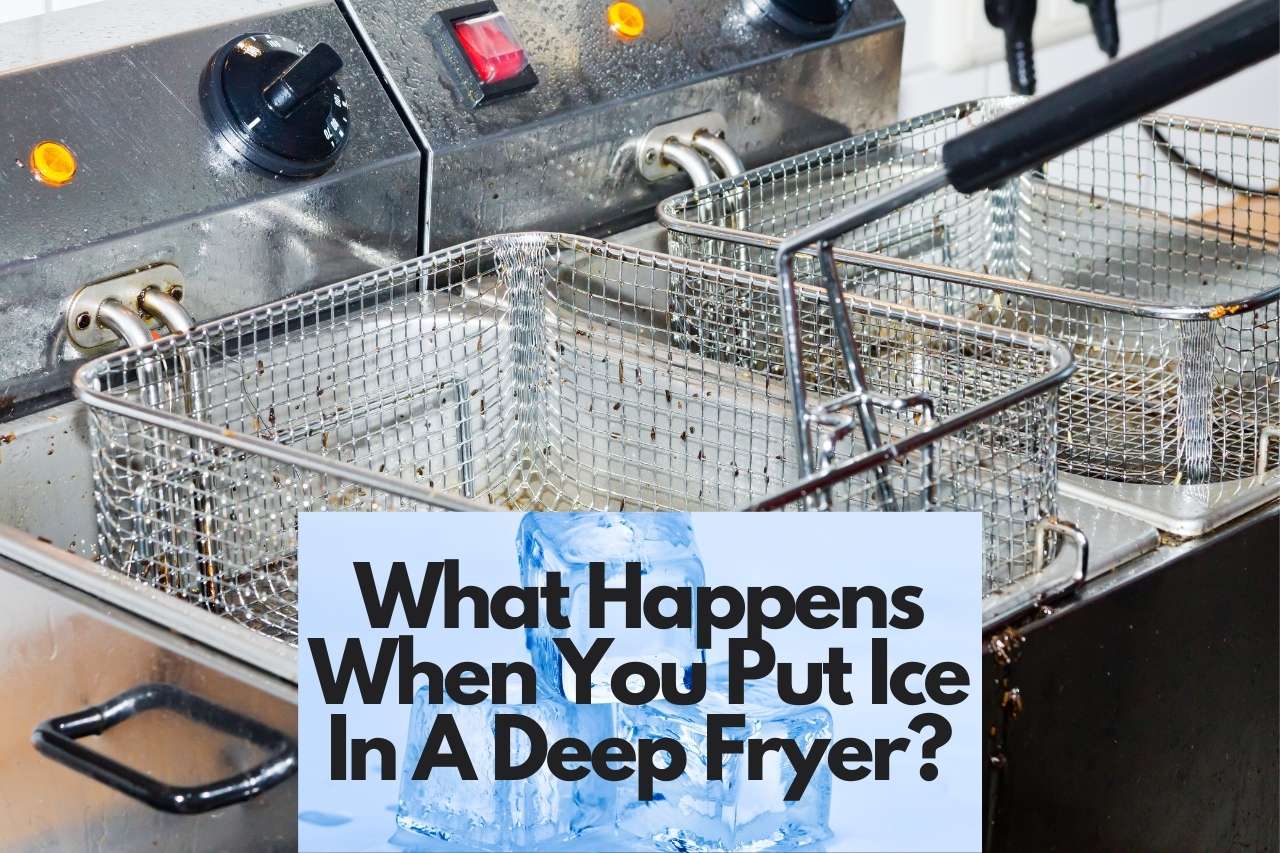


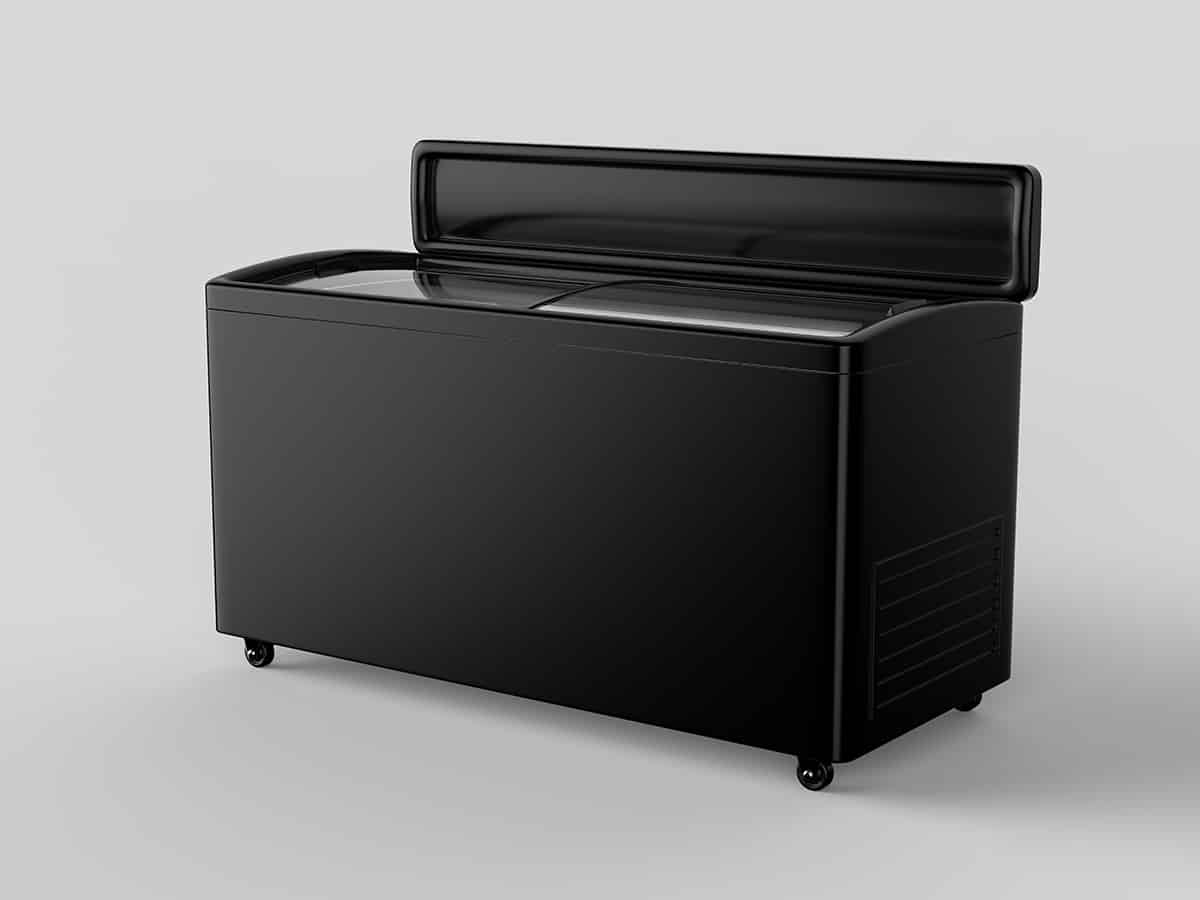
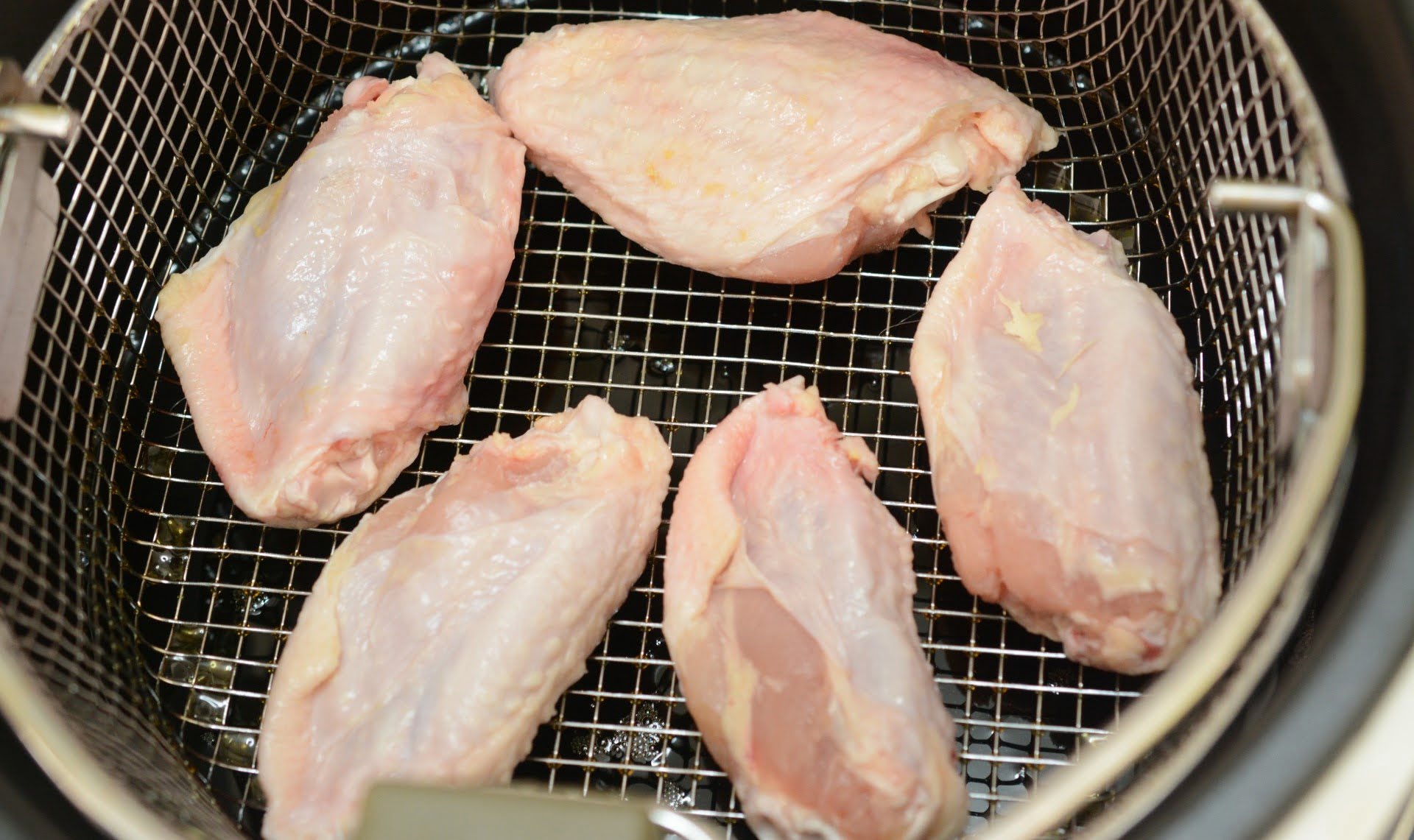
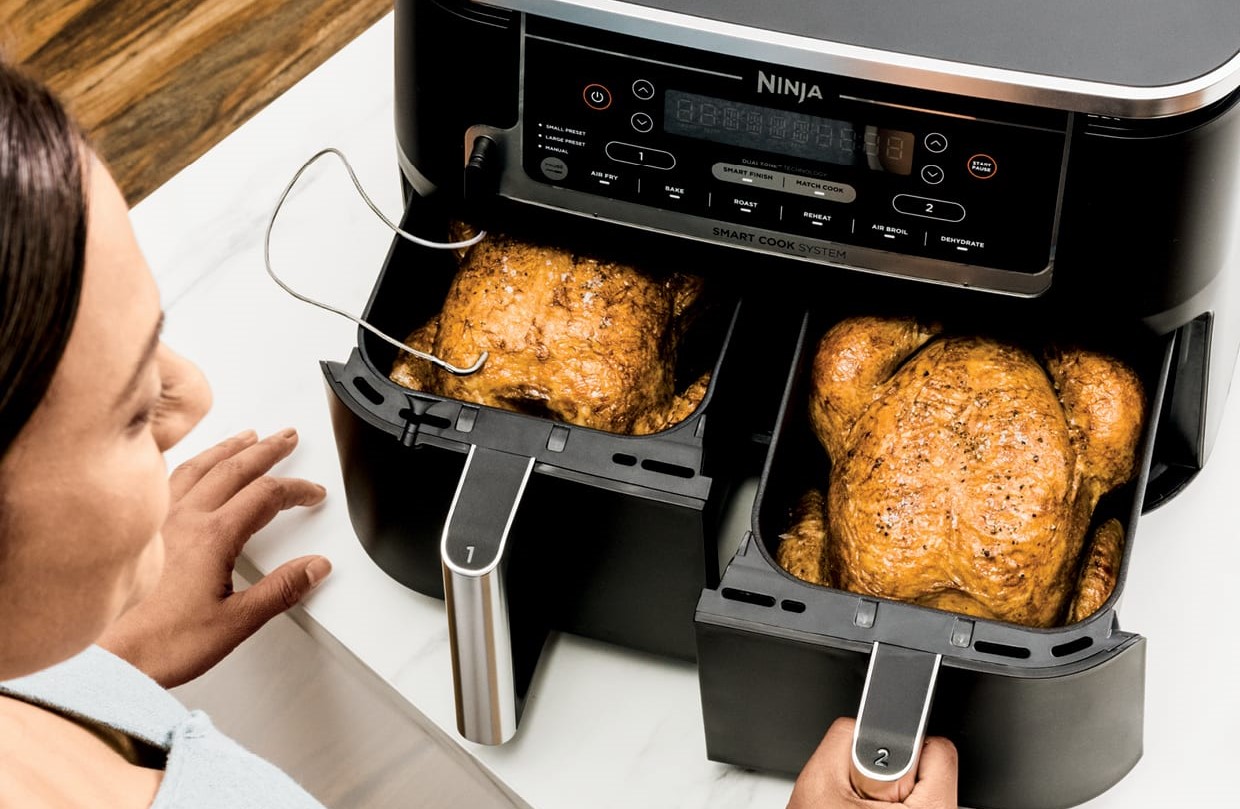
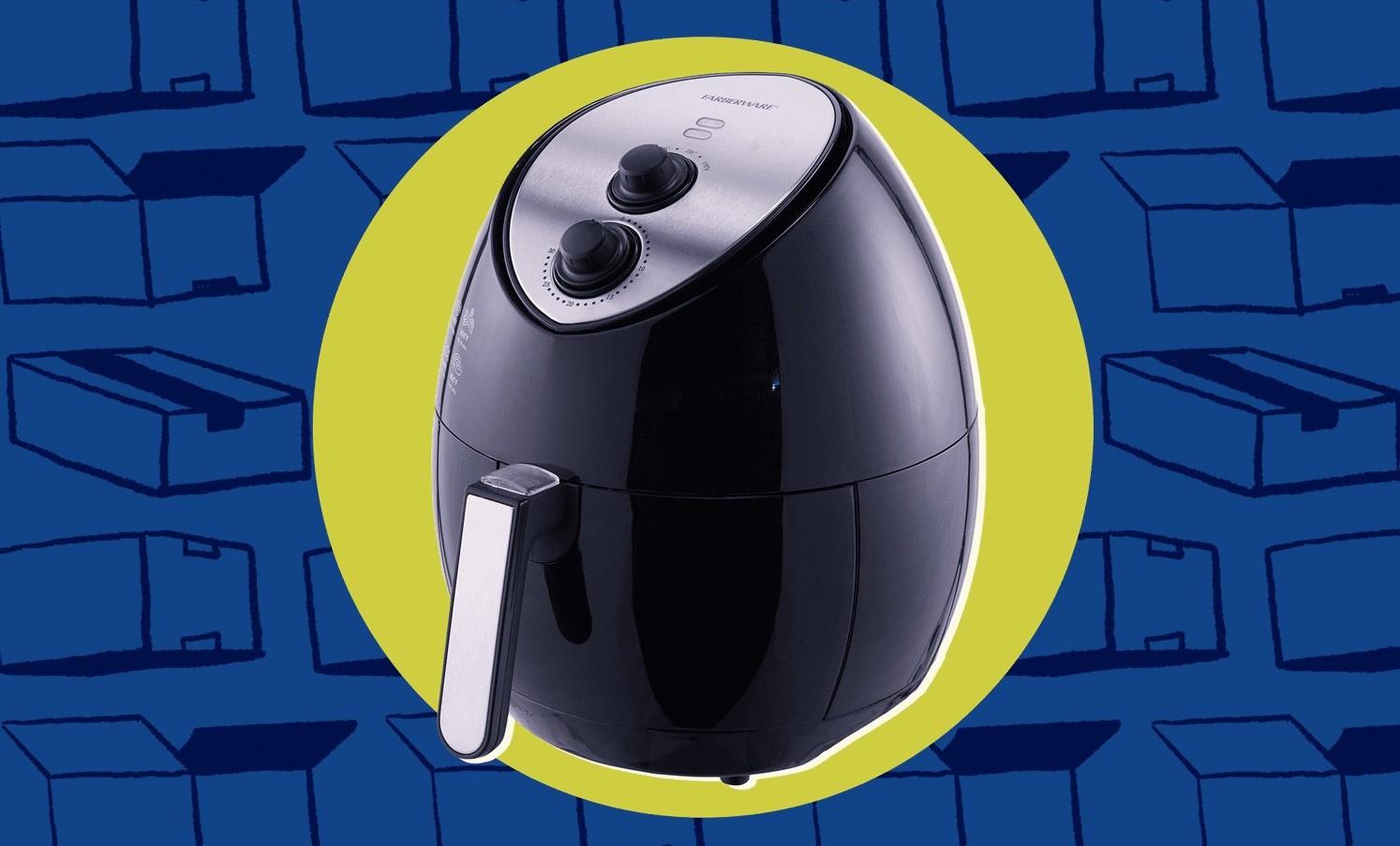

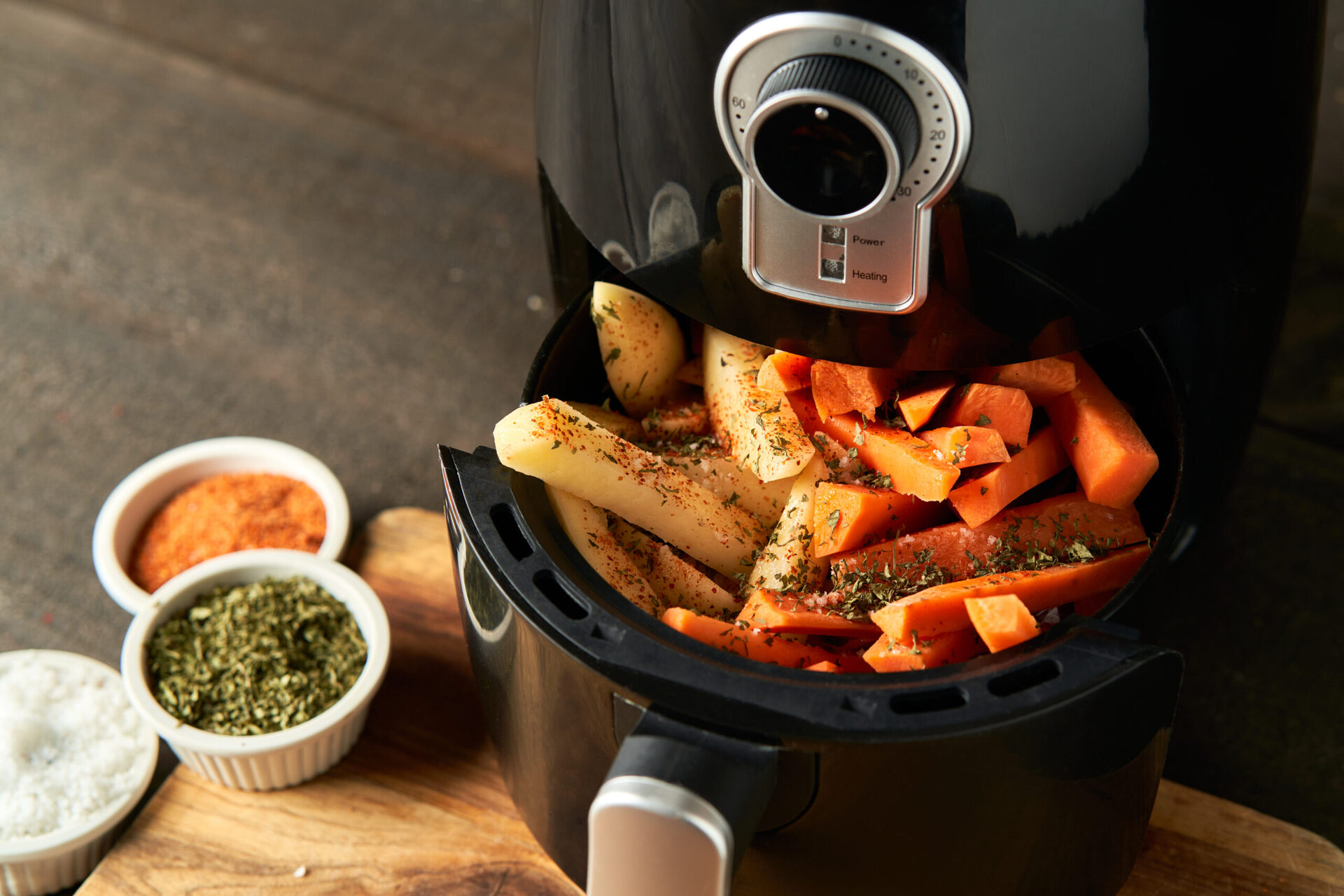




0 thoughts on “How To Use A Deep Fryer”